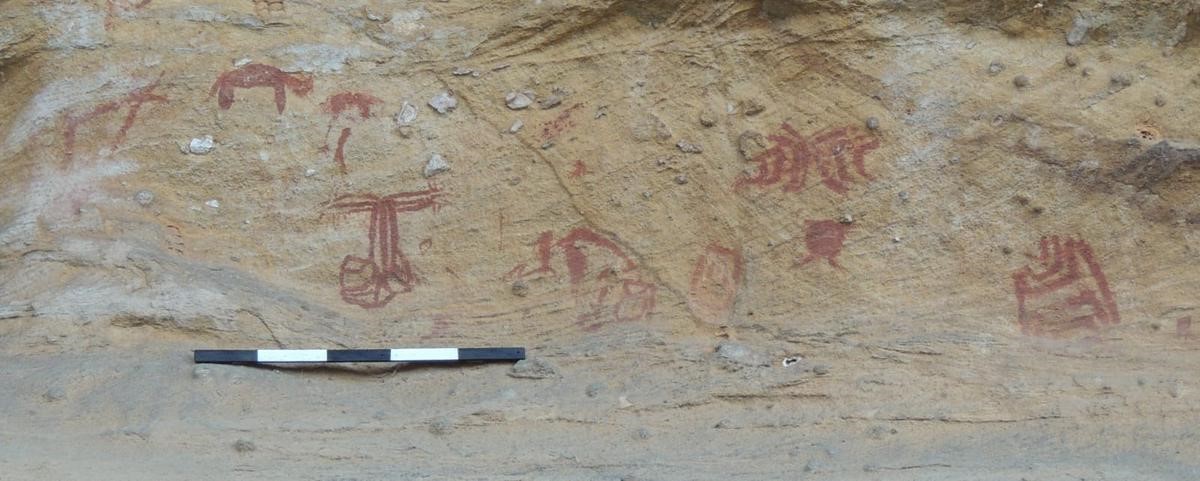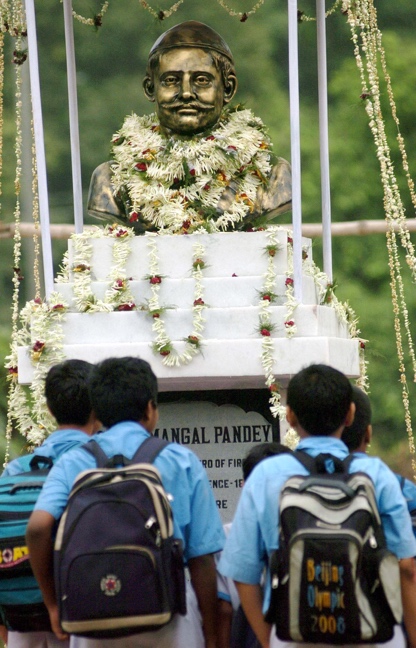Description

Disclaimer: Copyright infringement not intended.
Context
- Scientists in Italy used modern imaging techniques like infrared and ultraviolet imaging, molecular and elemental imaging, thermal imaging, tomography, and digital optical microscopy.
- These techniques helped reveal the exact location of Plato's burial.
Background
- Plato, a prominent philosopher from Classical Greece, lived from 427-348 BCE.
- He was a student of Socrates and teacher to Aristotle, who tutored Alexander the Great.
Discovery
- The key to the discovery was a collection of papyrus scrolls found in the Villa of the Papyri in the Roman town of Herculaneum.
- Herculaneum, along with Pompeii, was buried under volcanic ash from the eruption of Mt Vesuvius in 79 CE.
- The scrolls, discovered in the 18th century, were preserved and not destroyed during the eruption.
Deciphering of Scrolls
- Researchers have deciphered over 1,000 words, corresponding to 30% of the text on the scrolls.
- The scrolls revealed that Plato was buried in a garden reserved for him in the Academia in Athens, near the Museion or sacred shrine to the Muses.
Genomic Study of the Avars
Background
- The Avars were nomads from the Asian steppe who migrated to Central Europe and founded a powerful polity there.
- They were one of the major powers of their time.
Genomic Study
- A scientific team used genomics to study the true story of the Avars and their migration to Central Europe.
- These discoveries highlight the use of modern scientific techniques in uncovering historical truths and shed light on significant figures and events from the past.

Plato's Life Revealed Through Papyrus Scrolls
Discovery of Plato's Grave
- The Platonic Academy, founded by Plato in Athens in 387 BCE, was his legacy.
- Papyrus scrolls found in Herculaneum revealed details about Plato's burial and life.
- He was enslaved in 404 BCE on the island of Aegina, not in 387 BCE as previously believed.
Political Involvement in Syracuse
- Plato's involvement in Syracuse's political affairs led to his enslavement.
- The scrolls shed light on his activities during the political turmoil in Syracuse.
Avars: Nomads from Asia to Central Europe
Migration and Establishment
- Originating from eastern central Asia, the Avars migrated to eastern central Europe.
- They settled in the Carpathian Basin and became a dominant power from the late sixth century CE to the early ninth century.
Challenges to Byzantine Empire
- The Avars challenged the Byzantines with raids into the Balkans, ending in 626 CE.
- They eventually became sedentary farmers.
End of Avar Khaganate
- Charlemagne's armies overcame the Avar Khaganate in 800 CE.
Genomic Insights into Avars' Social Practices
- DNA analysis from Hungarian cemeteries revealed insights into Avars' social practices.
- Avars avoided marrying relatives and maintained a strict patrilineal social structure.
- They practiced 'Levirate unions', where a widow married a male from her deceased spouse's family, a feature uncommon in Europe but found among Asian steppe peoples.
|
PRACTICE QUESTION
Q. Which ancient Roman city's papyrus scrolls, discovered in excavations, provided insights into the life and burial of the ancient Greek philosopher Plato?
A. Pompeii
B. Herculaneum
C. Ostia
D. Carthage
Answer B.
|
















